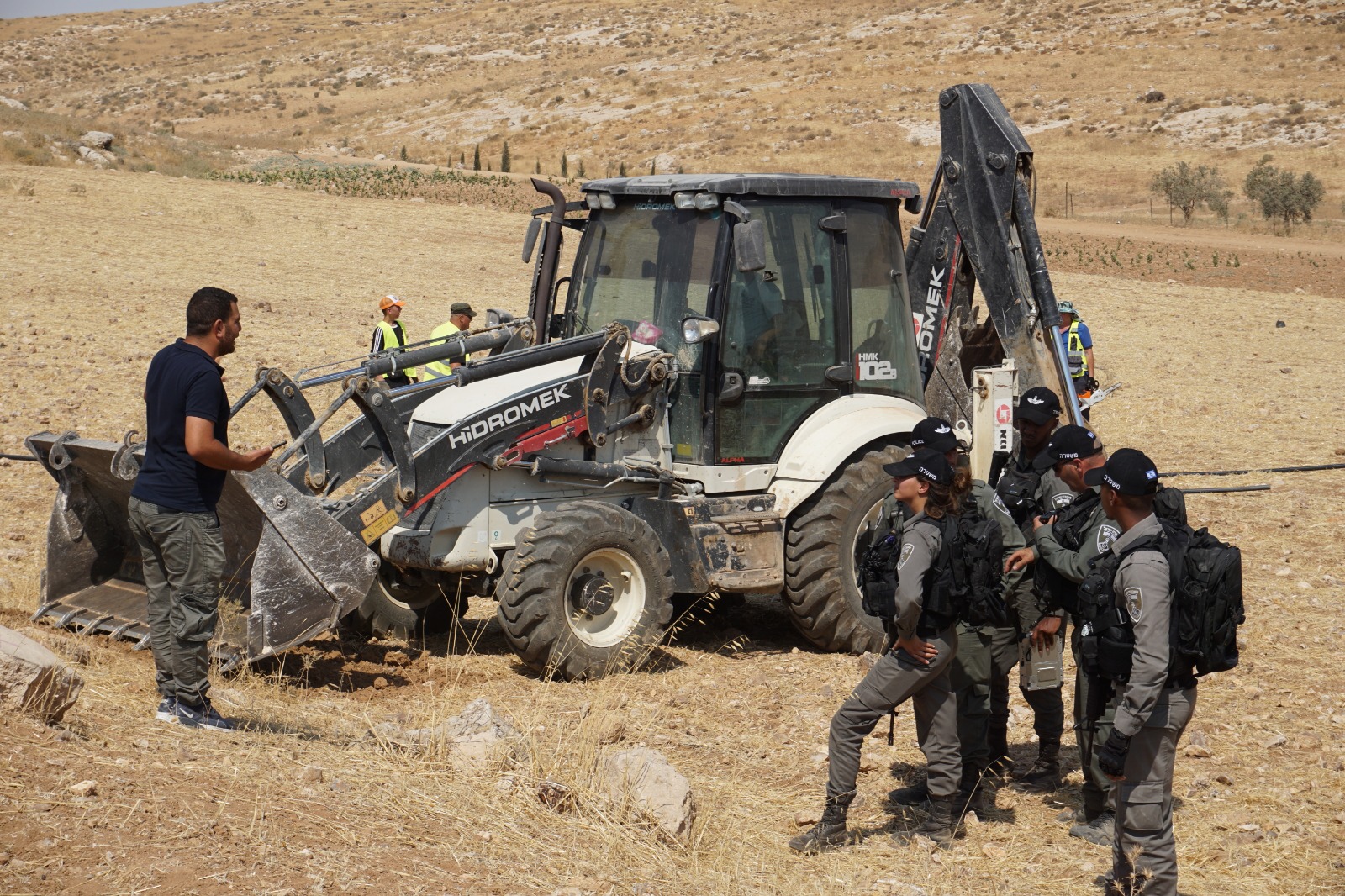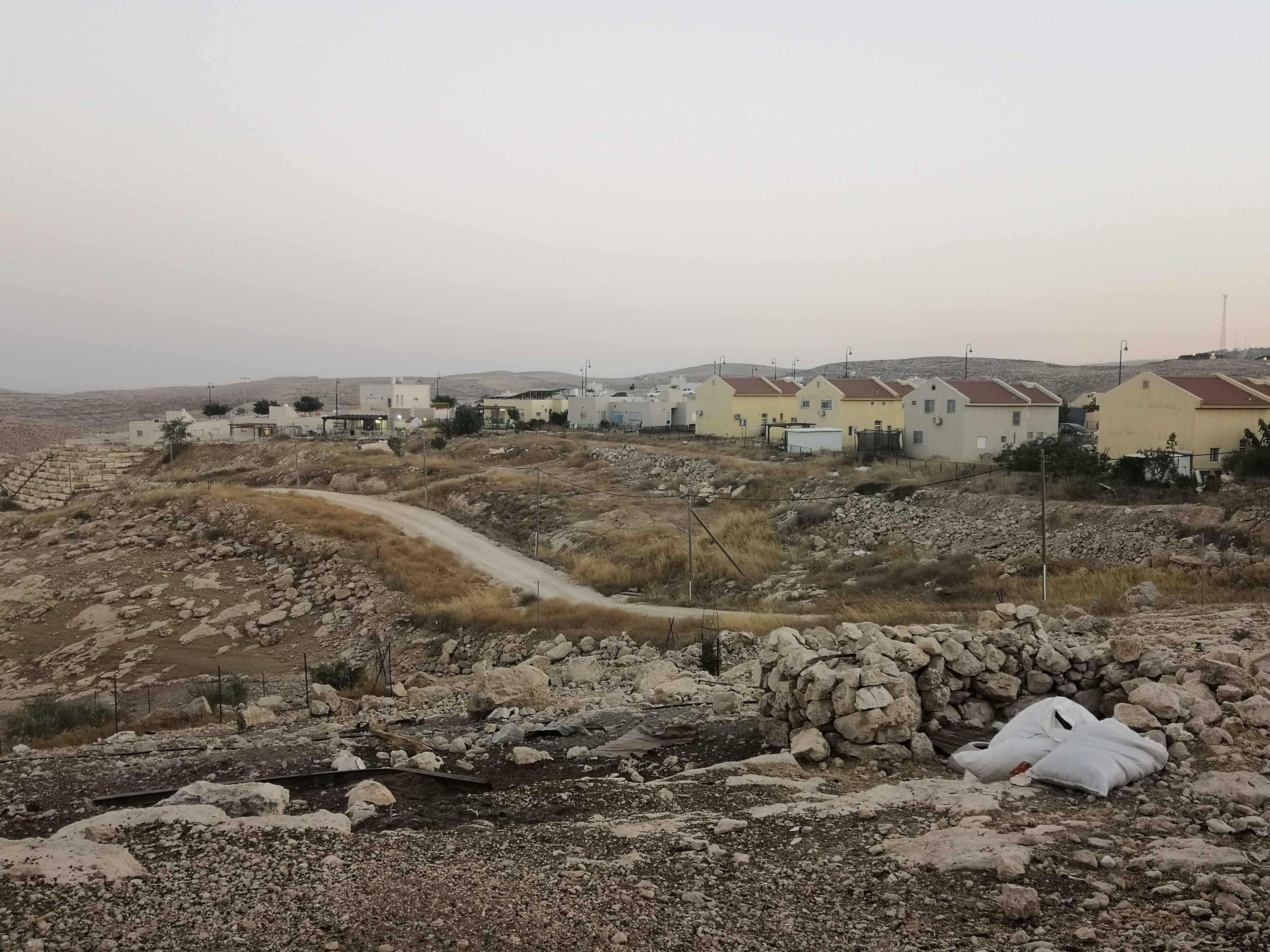Tag: Farmers
-
Water Series: Hail of tear gas on peaceful villagers protesting settler theft of water supply in Kafr Malik
August 16 | International Solidarity Movement | Kafr Malik, Ramallah, occupied Palestine This is the third of a series of reports documenting the control and devastation of water sources by Israel as a tool of oppression. The residents of Kafr Malik, a town northeast of Ramallah, marched towards the Ain Samia area today…
-
Water Series: ‘There’s no law in the world that says you can cut water from humans’
August 3 | International Solidarity Movement | South Hebron Hills, occupied Palestine This is the second of a series of reports documenting the control and devastation of water sources by Israel as a tool of oppression. Israel is escalating its war on water in the South Hebron Hills, demolishing wells, ripping out kilometres…
-
Bedouin village of Um al-Kheir fights against new demolition threats
June 26 | International Solidarity Movement | Umm al-Kheir, south Hebron Hills, occupied Palestine The Bedouin village of Um al-Kheir in the South Hebron Hills have launched a new bid to save their homes from demolition. On Monday, activists from the village submitted a new master plan to the Israeli Civil Administration which, if accepted,…



